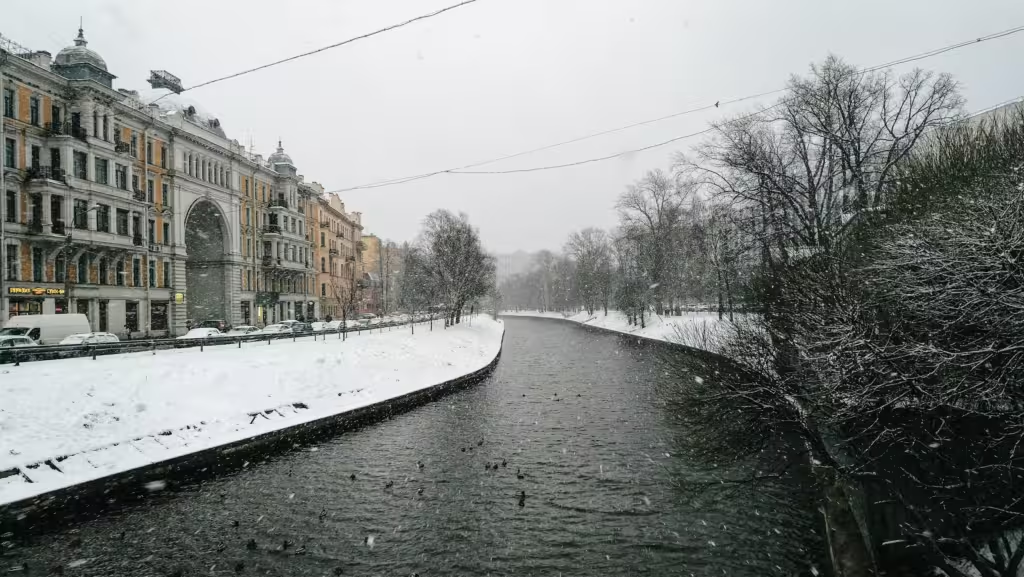Because the sea ice is melting out from underneath them. We’ve all seen the heart-wrenching video from National Geographic of an emaciated bear starving due to climate-induced loss of sea ice, although later investigation prompted by public outcry revealed the video was phony. The bear was likely dying from a painful disease that had nothing to do with climate change, and the videographers knew it at the time, but failed to call in conservation officers to euthanize it while they waited a few days for their camera crew to arrive and get the money shot. Nor do polar bears really fall from the sky (or have it fall on them) whenever someone takes a flight, which is good because if they did, all the jets going into and out of COP27 would have driven them extinct 100 times over. But still, everybody knows it’s just a matter of time before the poor fluffy polar bears get it because melting sea ice means they can’t hunt for food. Why just look at the evidence. It shows... it shows... dang.
It shows no connection at all between sea ice coverage and polar bear survival rates or health indicators in the Gulf of Boothia near Baffin Island, where lives the largest polar bear subpopulation in the Arctic. The authors compiled population samples from repeated studies spanning 1976 to 2017, during which time sea ice coverage in the Gulf of Boothia has retreated dramatically.
If the theories about polar bear behaviour were correct the population should have been ravaged. In the late 1990s the bear population was estimated at around 1,610. During 2015-2017 the population was down slightly but was still estimated at about 1,525. And if you’re looking for causes of that minor decrease, the authors also note that during the interval the local (Nunavut) government authorized an increase in the total allowable catch for hunters from an average of 40 bears to 62 bears per year.
The authors then conducted a statistical study to evaluate the drivers of bear survival probability and general health indicators. They included local sea ice coverage as one of the explanatory variables, along with other local variables that measure environmental and biological conditions. The results were unambiguous. Sea ice coverage has no effect on survival probability and litter size, nor does it have any effect on general bear health. In fact for overall body condition the bears do slightly better the less sea ice there is. The authors suggest that more open ocean is actually beneficial for the bears when it comes to hunting seals, which is what they do.
So the bears seem to like having less sea ice, even if melting ice causes climate alarmists to melt down as well.
Incidentally the lead author of the study, Marcus Dyck was a polar bear biologist for the Government of Nunavut who, unlike many climate scientists who merely model polar bear populations on their computers, spent considerable time in the field studying polar bears in their native Arctic habitat. And he was a staunch critic of the alarmist claims about declining polar bear populations, not least because he was able to document their increasing numbers.
Unfortunately on one such field expedition in 2021 the helicopter he was in crashed and he was killed. His colleagues posted a tribute to him on the website of the Polar Bear Study Group here.



It’s an unequivocal fact that as the summer ice coverage in the arctic decreased the number of polie bears increased, depending whose numbers you quote they increased 3-5x, 300-500%.
Alarmism fails again
Susan Crockford is a vital canadian Resourses on this